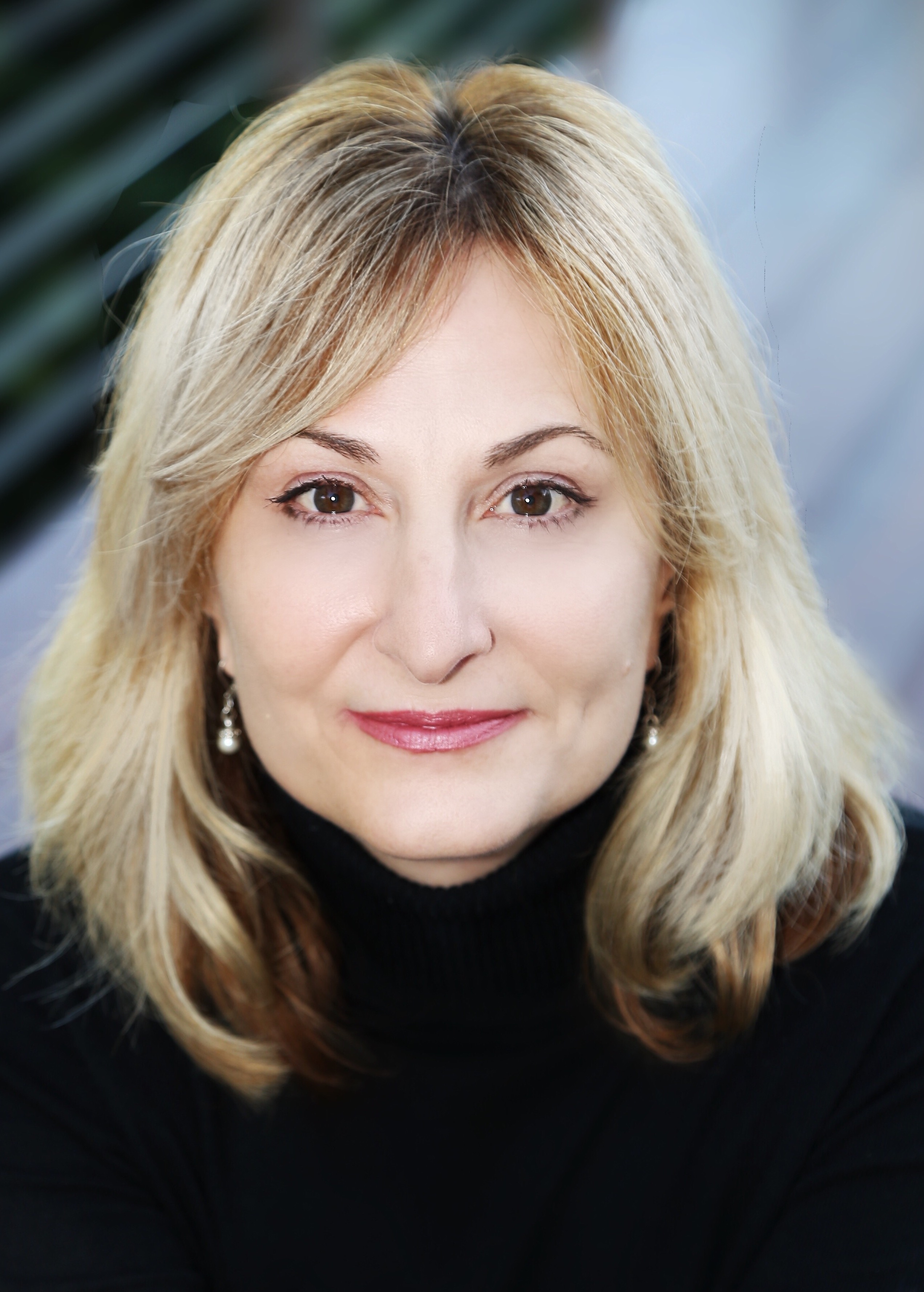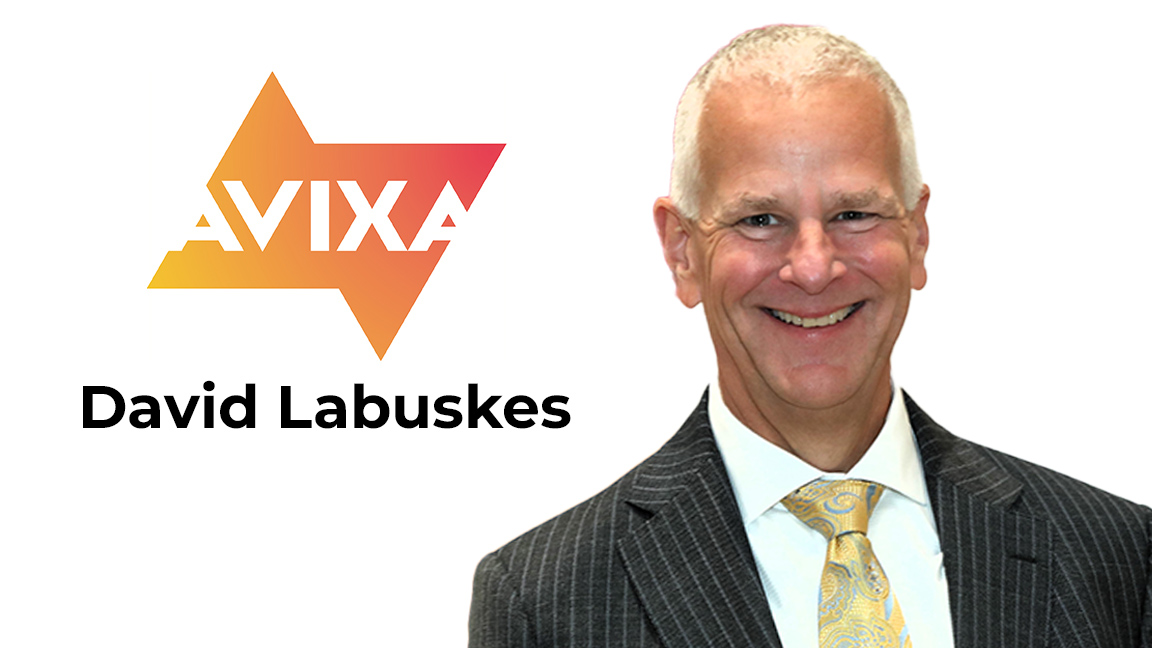How Listening to Users Brought Clarity to Assistive Technology

Hearing impairment is perhaps the most common disability affecting Americans—20 percent or more by some counts— yet it receives far less attention than more apparent conditions. As a result, accommodating those with hearing impairment has generally not been as high of a priority among contractors, venue owners, and the public at large as it could be. This is changing, as awareness has increased and more advanced assistive listening solutions have been brought to market, but it is still a slow uphill climb to get the industry on board. This has become the central mission of Listen Technologies since its founding in the late ’90s, and we are proud to be helping drive the dialogue while serving the marketplace.
NAME:Cory Schaeffer
TITLE: Vice President of Business Development
COMPANY:Listen Technologies
DIRECTION: The essence of Listen has been driven by Schaeffer’s passion for connecting people to positive experiences. This passion has not only fueled Listen’s growth worldwide, but more importantly it has influenced the culture at Listen Technologies.
We recently debuted our iDSP (Intelligent Digital Signal Processing) products, and we believe them to be a game-changer. In creating these solutions, we considered all aspects of how the product would be used, focusing on the end-user experience and, at the venue, ease of dispensing, inventory management, and battery management—all based on input from consultants, system integrators, venue owners, and end users. The iDSP 72MHz receiver revolutionizes how an RF system works, offering precise clarity with 20 dB less hiss than other RF receivers. The result is a significantly improved listening experience.
In the years leading up to these products’ introduction, I learned quite a bit by doing my own field research on assistive listening. I made a habit of asking to use the solutions offered by different venues. I got to experience our products and those of our competitors in the real world. I asked venues and those with hearing loss what problems they regularly face. Venues noted problems with battery life—for instance, a performance of Les Miserables lasts three hours, so venues would have to swap out a device for one with a fully charged battery at intermission. Because of this, we knew the iDSP would need a lithium ion battery, offering longer and more reliable performance.
A daily selection of the top stories for AV integrators, resellers and consultants. Sign up below.
I also found that some venues, although well meaning, did not have a real grasp on the Americans with Disabilities Act guidelines, which state that 25 percent of assistive listening devices need to be compatible with hearing aids and telecoil components. They were simply not held accountable to full compliance to that end. So with our iDSP products, we included an integrated neck loop to serve people who have hearing aids and cochlear implants with telecoils—they’re ALL hearing aid-compatible, so venues will be in full compliance without having to worry about it.
We also tried to focus on other features some might overlook. Those with hearing loss understandably don’t want to draw undue attention, so we made the elements small, light, and easily concealable (half the size and weight of anything else on the market). Additionally, the units can be easily programmed and designated for different “zones” and users. For example, instead of “Channel A” and “Channel B” marking different frequencies, the devices can be labeled “Sanctuary”, “Cry Room”, etc. We also made the battery changing station multi-featured and foolproof, with a number of intuitive settings and features. And perhaps most importantly, we made sure that the sound quality set a new standard for assistive listening devices in the field.
We (and others in the market) are listening to venues, contractors, and those using the devices day-to-day. We have responded with a set of products that better serve each of these parties. But true change will come only when contractors and venues take a more vested interest in offering the right solutions to their patrons. Again, no one person is at fault for a widespread pattern of negligence and ignorance about these topics—it’s a series of problems that has gone unchecked for years. But we are listening, and things are changing.

